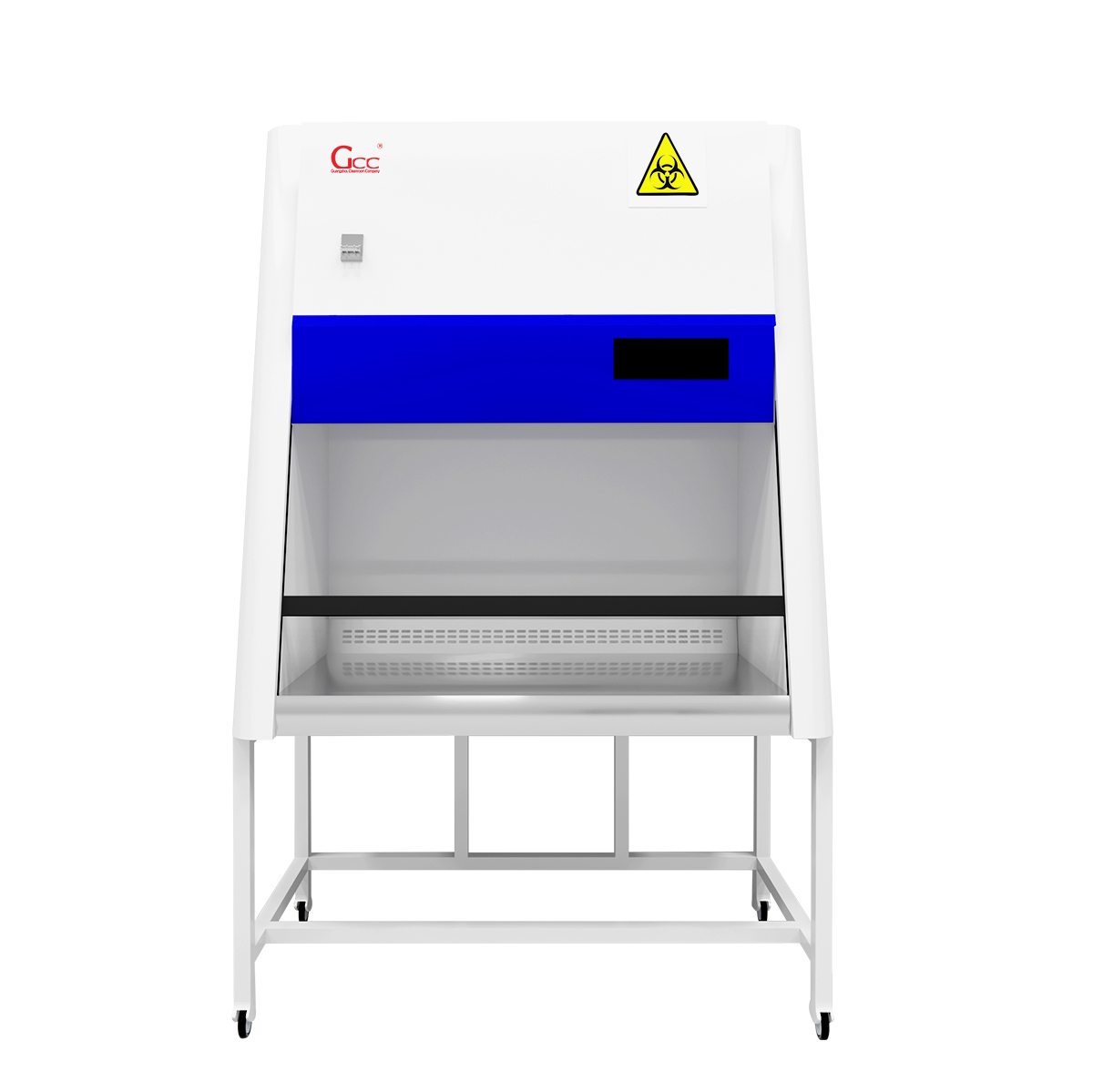Discover how Biological Safety Cabinets (BSCs) actively safeguard pathology departments.
This guide explains how BSCs operate, demonstrates their vital role in tissue processing, and provides essential maintenance protocols to help your laboratory maintain compliance with ISO and GMP standards.

I. Definition and Overview
A Biological Safety Cabinet (BSC) actively protects personnel, the environment, and specimens in pathology laboratories when handling biological agents. BSCs achieve this by creating a controlled, sterile workspace through HEPA filtration of both inflow and downflow air. In pathology labs, where technicians handle human tissue samples, blood, and other potentially infectious materials daily, BSCs play an indispensable role in ensuring biosafety.
Key terms include:
- HEPA Filter — removes 99.97% of airborne particles ≥0.3 µm.
- Containment — confines biological agents to prevent escape.
- Laminar Airflow — delivers unidirectional air flow with minimal turbulence to maintain sterility.
- Face Velocity — measures air speed entering the cabinet front to ensure containment.
II. Working Principle
BSCs actively create a unidirectional, vertical laminar airflow pattern. Room air enters through the front grille, passes through a HEPA filter to remove contaminants, and descends over the work surface to protect specimens. The cabinet then exhausts part of this air through rear or front grilles after additional HEPA filtration, actively protecting the environment. The inward airflow acts as a protective air curtain, preventing aerosol escape and safeguarding operators. BSCs maintain these functions through precise calibration of airflow systems.
III. Primary Functions and Roles
Pathology laboratories rely on BSCs to:
- Protect Personnel — BSCs shield laboratory workers from airborne infectious agents during procedures such as tissue homogenization, cytocentrifugation, and smear preparation.
- Protect Products — They actively maintain sterile conditions that prevent specimen contamination.
- Protect the Environment — BSCs filter hazardous aerosols before exhausting air to the laboratory surroundings.
IV. Structural Features and Materials
Manufacturers construct modern BSCs to ensure durability, ease of cleaning, and optimal performance:
- Work Zone — seamless stainless steel surfaces without sharp corners simplify cleaning and prevent contamination buildup.
- Front Viewing Sash — adjustable tempered safety glass creates a physical barrier while maintaining proper airflow.
- HEPA Filter Housings — ensure airtight sealing so all air passes through filters.
- Control Panels — actively monitor airflow velocity and trigger alarms for maintenance needs.
V. Classification and Technical Parameters
Pathology labs select BSC types based on workflow requirements and biosafety levels. Class II BSCs, the most common, include Types A2 and B2, each delivering specific airflow patterns, filtration levels, and containment capabilities. Laboratories actively choose the right type to match their operational needs.
VI. Typical Application Industries
BSCs actively support a wide range of applications:
- Hospital Pathology & Cytology Labs — process tissue biopsies, body fluids, and cytology smears.
- Pharmaceutical Industry — handle sterile compounding, quality control, and research.
- Biotechnology — support genetic engineering and vaccine development.
- Forensic Laboratories — safeguard evidence handling involving biological materials.
- Academic and Research Institutions — provide controlled environments for microbiology, virology, and cell biology research.
VII. Installation and Usage Considerations
To maximize BSC performance and maintain compliance with GMP and ISO 14644 standards, laboratories must actively:
- Choose the right location — install away from doors, traffic, and air currents.
- Certify equipment — complete certification upon installation, after relocation, and annually thereafter.
- Operate correctly — work deliberately in the center or rear of the work surface to avoid disrupting laminar airflow.
- Wear PPE — use lab coats, gloves, and other protective equipment as required.
- Manage sash height — maintain the viewing sash at certified operating height during use.
VIII. Maintenance and Servicing Recommendations
Laboratories should actively maintain their BSCs to ensure safety and compliance:
- Daily — disinfect work surfaces, interior walls, and viewing sash with approved solutions; run the cabinet before and after use.
- Weekly/Monthly — inspect and clean exterior surfaces, check sash operation.
- Annually — schedule certified testing for airflow velocity, filter integrity, and overall performance.
- Replace filters proactively — when indicated by pressure drop or integrity testing.
- Decontaminate thoroughly — before major repairs or relocation.
- Document — keep detailed maintenance logs to comply with accreditation requirements.
Conclusion
Biological Safety Cabinets actively form the cornerstone of biosafety in modern pathology laboratories. GCC Pathology designs and delivers advanced BSC solutions that empower laboratories to work safely, efficiently, and in full compliance with global standards.
Enhance Your Pathology Laboratory with Trusted Equipment & Solutions
GCC Pathology delivers advanced pathology instruments, integrated solutions, and expert support tailored to your lab’s needs.
Ensure precision, safety, and efficiency with our world-class products and services.
Contact Us Today to discuss your project.